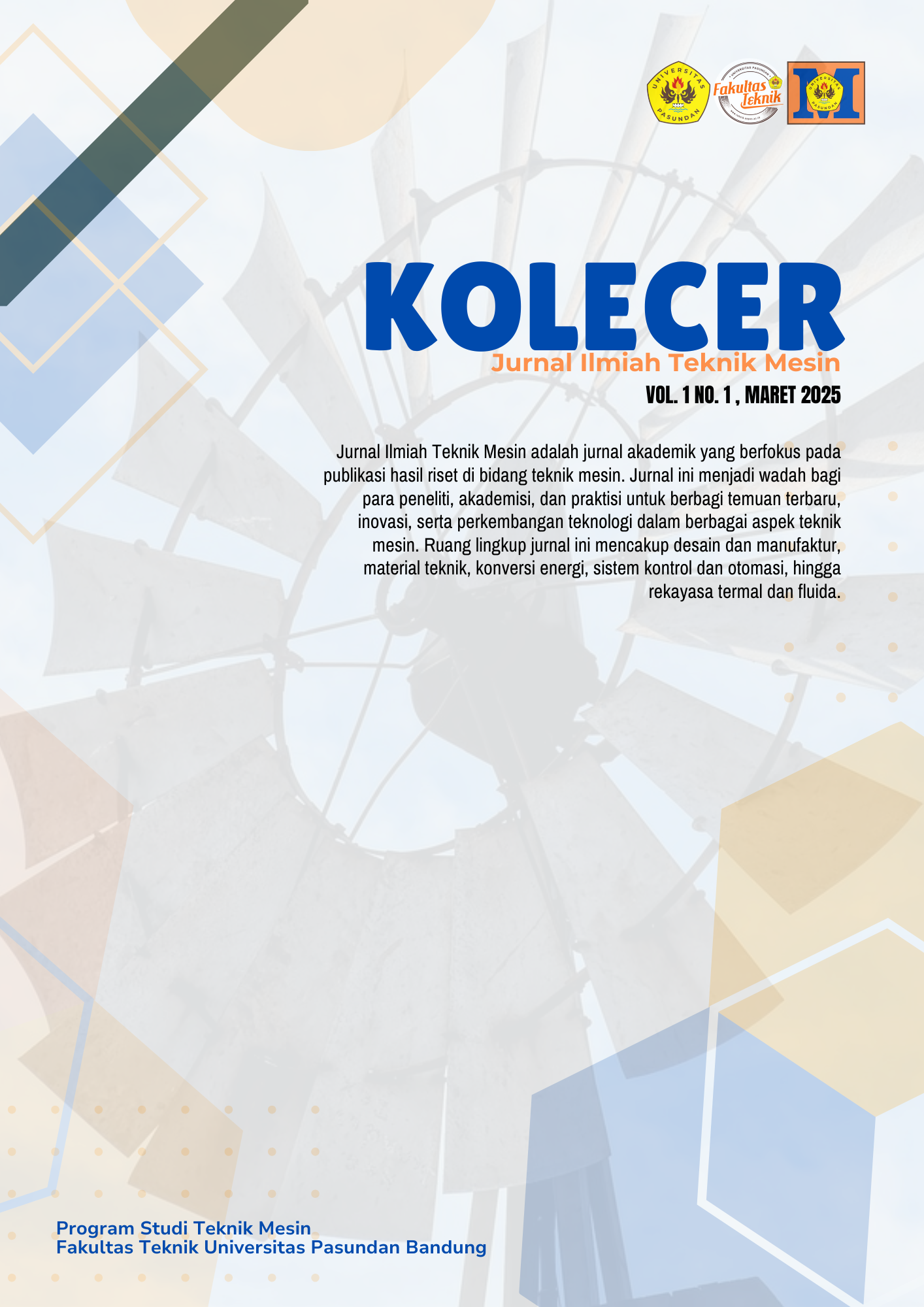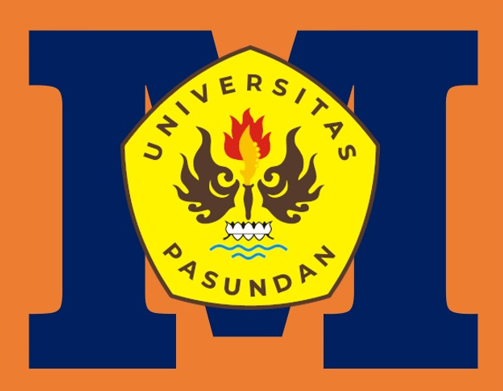New model end milling parameters based on screening test on aluminum alloy (AA6041)
DOI:
https://doi.org/10.23969/ksjme112025232001-9Keywords:
Taguchi method; optimum machining parameters; screening operation; CNC milling; surface roughnessAbstract
The manufacturing industry aims to achieve high productivity and quality products in the production process. Many factors have direct and indirect influences on realizing the two production objectives. Among them are part geometry, process conditions, and the environment. The correct and best process selection must be made on the right machine with the optimum parameters in the machining process application. This paper presents the results of screening studies performed on a milling process involving milling parameters such as the cut speed, feeding speed, depth of cut, cutting width, and flute. The screening results aim to decide the optimal milling parameters for the process. The screening process was performed on a CNC Milling HAAS machine using aluminum alloy (AA6041) with end mill cutter HPMT 303 1000 070 and HPMT S42 1000 072 of AL SE STD Ø10 utilized in dry cutting conditions. The results of this screening process were then analyzed through ANOVA with the help of Minitab 19.0 using the Taguchi method. In this work, three sets of machining parameters obtained from the screening process were then applied in experimental work, whereby the surface finish outcomes become the basis for determining the quality of the process based on the maximum surface roughness value.
Downloads
References
[1] B. P. A. Bianca, “Application of Taguchi 's Method for Study of Machining Parameters on Surface Roughness of 7136 Aluminum Alloy in End Milling,” Appl. Mech. Mater., vol. 810, pp. 123–128, 2015.
[2] S. K. Khare, S. Agarwal, and S. Srivastava, “Analysis of Surface Roughness during Turning Operation by Taguchi Method,” Mater. Today Proc., vol. 5, no. 14, pp. 28089–28097, 2018.
[3] A. Chaudhary and V. Saluja, “Optimization of machining parameters affecting surface roughness of al6082 in dry end milling operation on vmc,” Int. Res. J. Eng. Technol., pp. 82–89, 2017.
[4] G. Basmaci, M. Ay, and A. Etyemez, “The Grey-Based Taguchi Method : Optimization of Milling of Mold Steel,” Int. Adv. Appl. Phys. Mater. Sci., vol. 134, no. 1, pp. 24–27, 2018.
[5] W. D. Lestari, R. Ismail, J. Jamari, A. P. Bayuseno, and P. W. Anggoro, “Optimization of CNC milling parameters through the Taguchi and RSM methods for surface roughness of UHMWPE acetabular cup,” Int. J. Mech. Eng. Technol., vol. 10, no. 02, pp. 1762–1775, 2019.
[6] T. Kıvak, “Optimization of surface roughness and flank wear using the Taguchi method in milling Hadfield steel with PVD and CVD coated inserts,” MEASUREMENT, vol. 50, pp. 19–28, 2014.
[7] S. Surendar and M. Elangovan, “Comparison of Surface Roughness Prediction with Regression and Tree Based Regressions during Boring Operation,” Indones. J. Electr. Eng. Comput. Sci., vol. 7, no. 3, pp. 887–892, 2017.
[8] J. Unnikrishnapillai and I. Sanghrajka, “Optimisation of multiple response characteristics on end milling of Aluminium alloy using Taguchi-Grey relational approach,” Measurement, 2018.
[9] D. Brahmeswara, K. Venkata, and A. G. Krishna, “A hybrid approach to multi response optimization of micro milling process parameters using Taguchi method based graph theory and matrix approach (GTMA) and utility concept,” Measurement, 2018.
[10] M. Mia and N. R. Dhar, “Optimization of surface roughness and cutting temperature in high-pressure coolant-assisted hard turning using Taguchi method,” Int. J. Adv. Manuf. Technol., 2016.
[11] S. Debnath, M. M. Reddy, and Q. S. Yi, “Influence of cutting fluid conditions and cutting parameters on surface roughness and tool wear in turning process using Taguchi method,” MEASUREMENT, vol. 78, pp. 111–119, 2016.
[12] N. H. Wijaya, Z. Oktavihandani, K. Kunal, E. T. Helmy, and P. T. Nguyen, “Tympani Thermometer Design Using Passive Infrared Sensor,” J. Robot. Control, vol. 1, no. 1, pp. 27–30, 2020.
[13] D. P. Selvaraj, P. Chandramohan, and M. Mohanraj, “Optimization of surface roughness , cutting force and tool wear of nitrogen alloyed duplex stainless steel in a dry turning process using Taguchi method,” MEASUREMENT, vol. 49, pp. 205–215, 2014.
[14] S. S. Panshetty, “Optimization of Process Parameters in Milling Operation by Taguchi ’ s Technique using Regression Analysis,” vol. 2, no. 11, pp. 130–136, 2016.
[15] A. Caggiano, “Cloud-based manufacturing process monitoring for smart diagnosis services,” Int. J. Comput. Integr. Manuf., vol. 00, no. 00, pp. 1–12, 2018
Downloads
Published
How to Cite
Issue
Section
License
Copyright (c) 2025 Sudianto Agus, Jamaludin Zamberi, Rahman A. A. Abdul

This work is licensed under a Creative Commons Attribution-NonCommercial 4.0 International License.
KOLECER Jurnal Ilmiah Teknik Mesin by Program Studi Teknik Mesin UNPAS is licensed under CC BY-NC 4.0





